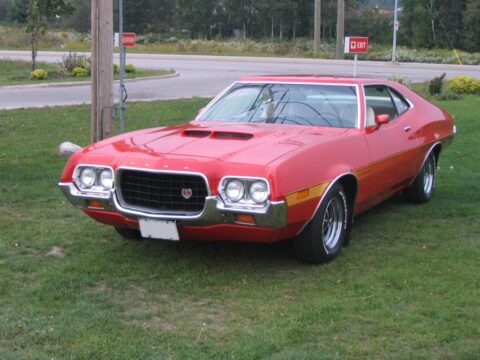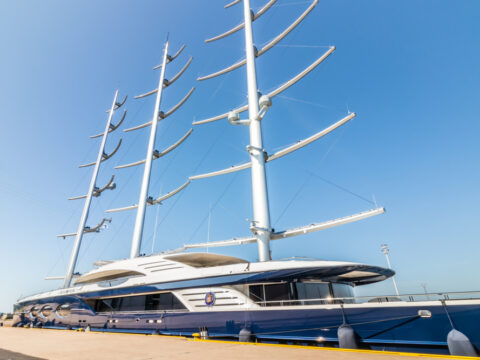Submarines have played a transformative role in naval warfare, reshaping strategies and altering the balance of power at sea. From their early days as stealthy, underwater predators in World War I to their modern incarnation as nuclear deterrents, submarines have proven to be indispensable tools in military operations. Their ability to operate unseen, travel vast distances, and strike with precision has made them central to both conventional and unconventional naval strategies, allowing nations to project power far beyond their shorelines.
Throughout history, several key submarine designs have significantly impacted naval doctrine. These submarines not only introduced groundbreaking technologies but also forced navies around the world to rethink how they approach underwater combat, reconnaissance, and nuclear deterrence. By exploring the evolution of these pivotal submarines, we can better understand how their innovations have shaped modern naval warfare and continue to influence military strategies today.
Contents
German U-boats in World War I
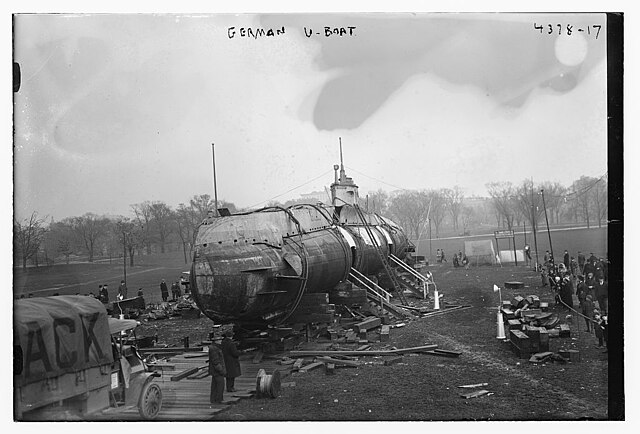
The German U-boats of World War I fundamentally changed naval warfare by introducing a new form of asymmetrical warfare that targeted commercial and military vessels alike. Their ability to operate stealthily beneath the surface allowed Germany to blockade Allied shipping routes and significantly disrupt trade and logistics. The unrestricted submarine warfare tactics, particularly with the sinking of RMS Lusitania, had far-reaching consequences, even influencing the U.S. decision to join the war. The U-boats’ impact on naval strategies during WWI underscored the growing importance of submarines in maritime dominance and blockades.
USS Nautilus (SSN-571)

The USS Nautilus (SSN-571), commissioned in 1954, was the world’s first operational nuclear-powered submarine. It revolutionized naval strategy by eliminating the need for surface propulsion, allowing for extended underwater endurance and speed previously unattainable by conventional diesel-electric submarines. The Nautilus demonstrated the potential for submarines to remain submerged indefinitely, ushering in the era of nuclear deterrence and making submarines a central component of the Cold War’s nuclear triad. Its ability to navigate under the polar ice caps also broadened strategic thinking about the role of submarines in covert operations and long-range missions.
USS Triton (SSRN-586)
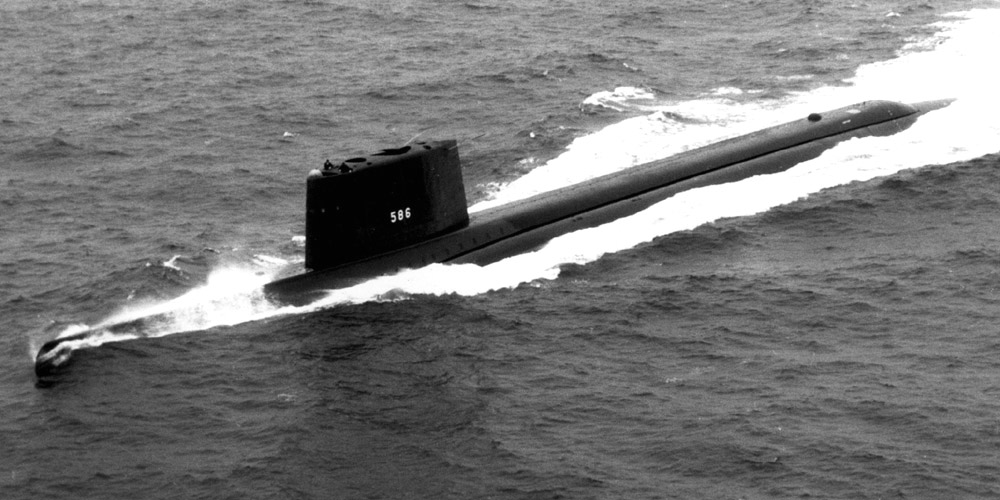
The USS Triton (SSRN-586) was a one-of-a-kind nuclear-powered radar picket submarine, best known for completing the first submerged circumnavigation of the globe in 1960. The Triton was originally designed to operate as part of the U.S. Navy’s early warning system for enemy aircraft. Although advances in radar and satellite technology quickly made radar picket submarines obsolete, the Triton’s global voyage underscored the strategic importance of nuclear-powered submarines and their ability to remain submerged for long durations, giving rise to a new era of long-range, global submarine missions.
French Redoutable-class
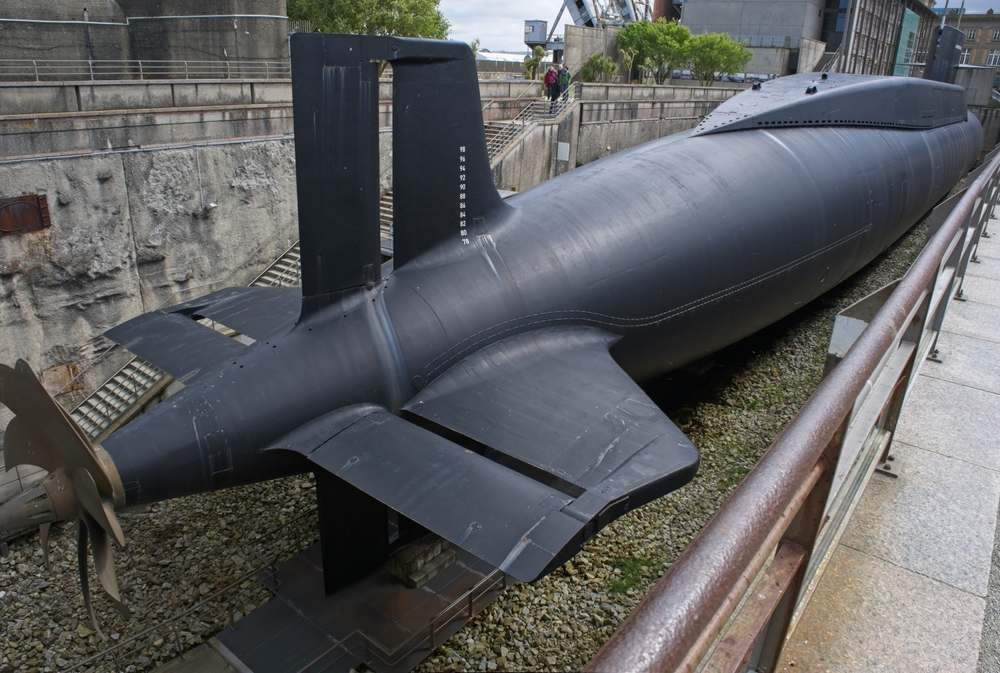
The French Redoutable-class submarines, introduced in the 1960s, were the backbone of France’s independent nuclear deterrent force, known as the Force de Frappe. The Redoutable was France’s first ballistic missile submarine, designed to carry strategic nuclear weapons. These submarines provided France with a credible second-strike capability, ensuring its nuclear deterrence remained intact even in the event of an initial strike. The Redoutable class emphasized the growing importance of submarines in national nuclear strategies, showcasing how even mid-sized naval powers could project nuclear power globally.
German Type XXI in WWII

The German Type XXI submarine, introduced toward the end of World War II, was the first truly modern submarine, setting the standard for future designs. It was equipped with revolutionary features such as streamlined hulls for faster underwater speeds and the ability to remain submerged for extended periods using advanced battery technology. The Type XXI’s enhanced stealth and speed capabilities made it far more effective than earlier U-boat models, although it arrived too late to change the war’s outcome. However, its design heavily influenced post-war submarine development in both the U.S. and Soviet navies, shaping the future of underwater warfare.
USS Ohio (SSGN-726)
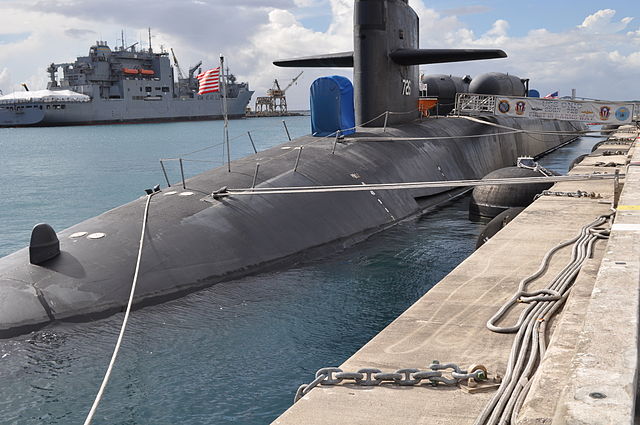
The USS Ohio and its sister submarines in the Ohio class were originally designed as ballistic missile submarines (SSBNs) but later converted to guided missile submarines (SSGNs). This conversion reflected the evolving role of submarines from mere nuclear deterrence platforms to versatile strike platforms capable of delivering a variety of weapons, including Tomahawk cruise missiles. With a payload capacity of up to 154 Tomahawk missiles, Ohio-class submarines offer unmatched firepower in covert operations. Their stealth, extended range, and striking capability changed naval strategies by giving the U.S. Navy a powerful, flexible tool for both conventional and nuclear conflict scenarios.
HMS Dreadnought (S101)
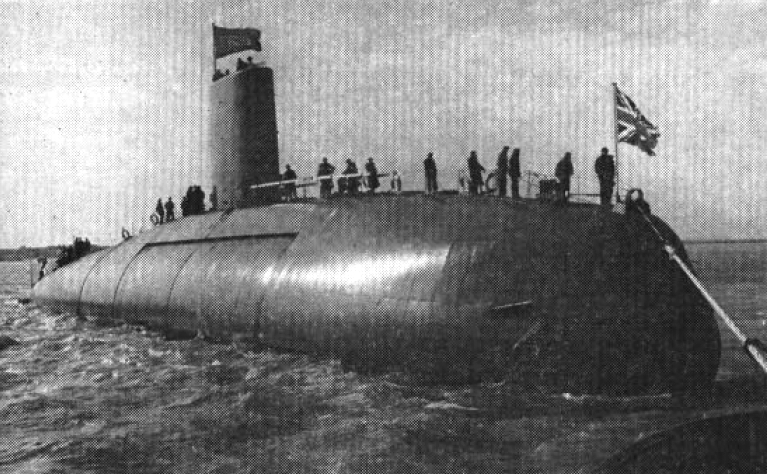
Launched in 1963, the British HMS Dreadnought was the United Kingdom’s first nuclear-powered submarine, signaling the nation’s entry into the nuclear submarine age. The Dreadnought’s design was based on the American Skipjack-class submarines, and it gave the Royal Navy the ability to project power across oceans with unprecedented endurance, crucial during the Cold War. The introduction of nuclear-powered submarines like the Dreadnought also allowed the Royal Navy to develop its nuclear deterrent and ensure its place in NATO’s strategic nuclear triad.
Seawolf-class (SSN-21)
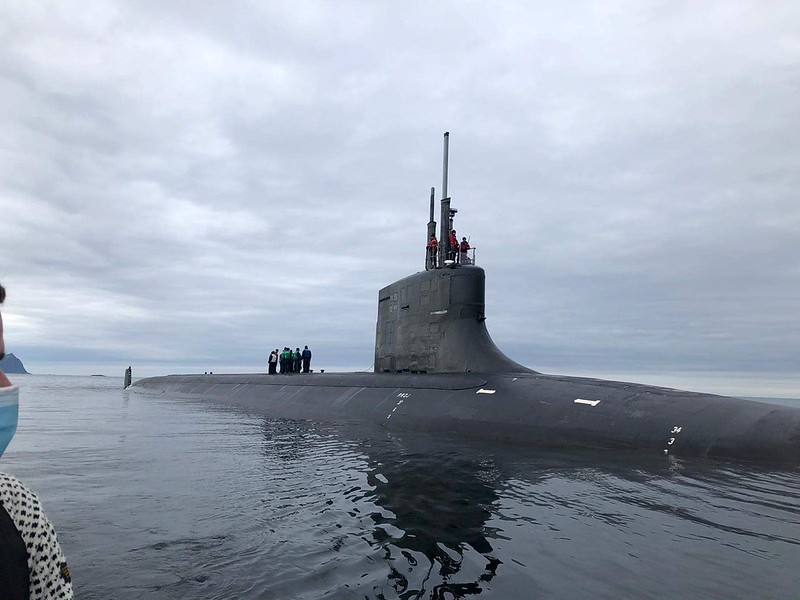
The U.S. Navy’s Seawolf class, first introduced in the late 1980s, was designed to be the ultimate fast-attack submarine, optimized for the Cold War’s high-intensity underwater combat. With state-of-the-art sonar systems, a hull capable of diving to extreme depths, and advanced quieting technologies, the Seawolf-class could operate undetected in contested waters. It was capable of destroying enemy submarines, and surface ships, and even conducting land-attack missions with cruise missiles. Although only three Seawolf-class submarines were built due to the end of the Cold War, their design influenced the development of subsequent submarine classes, prioritizing stealth and versatility.
USS Virginia (SSN-774)
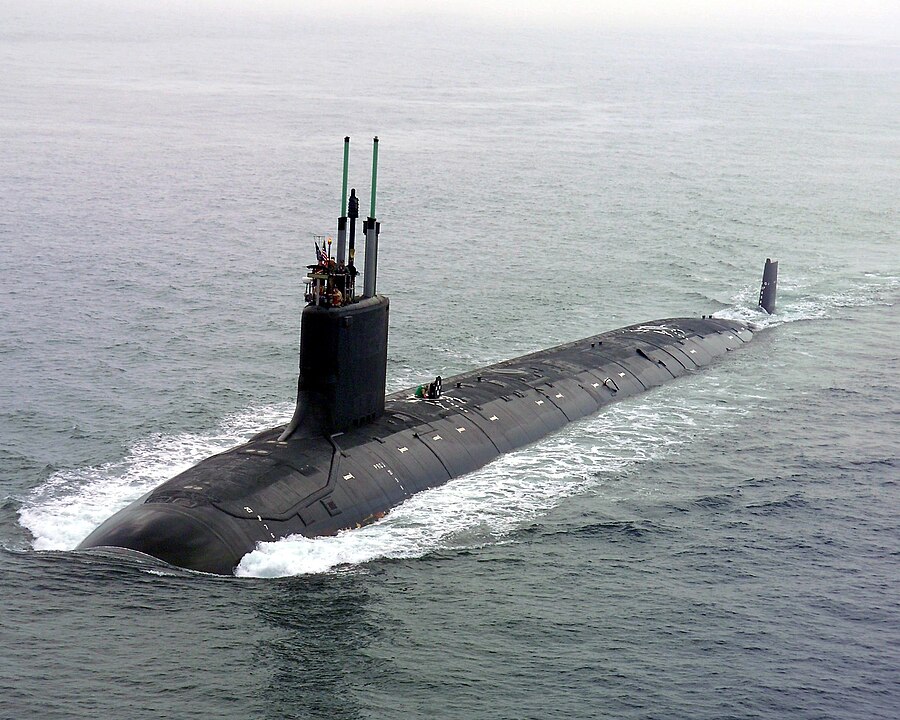
The USS Virginia and the Virginia-class submarines are a modern symbol of versatility in the U.S. Navy’s submarine force. Designed to be affordable, stealthy, and multi-mission capable, Virginia-class submarines can perform a wide variety of tasks, from anti-submarine warfare to intelligence gathering, special operations support and land attacks using Tomahawk missiles. The class introduced advanced technologies such as photonic masts, which replaced traditional periscopes, and modular construction techniques for cost efficiency. These submarines are considered the backbone of the U.S. Navy’s future underwater fleet, further expanding the role of submarines in modern naval warfare.
Japanese I-400 Class
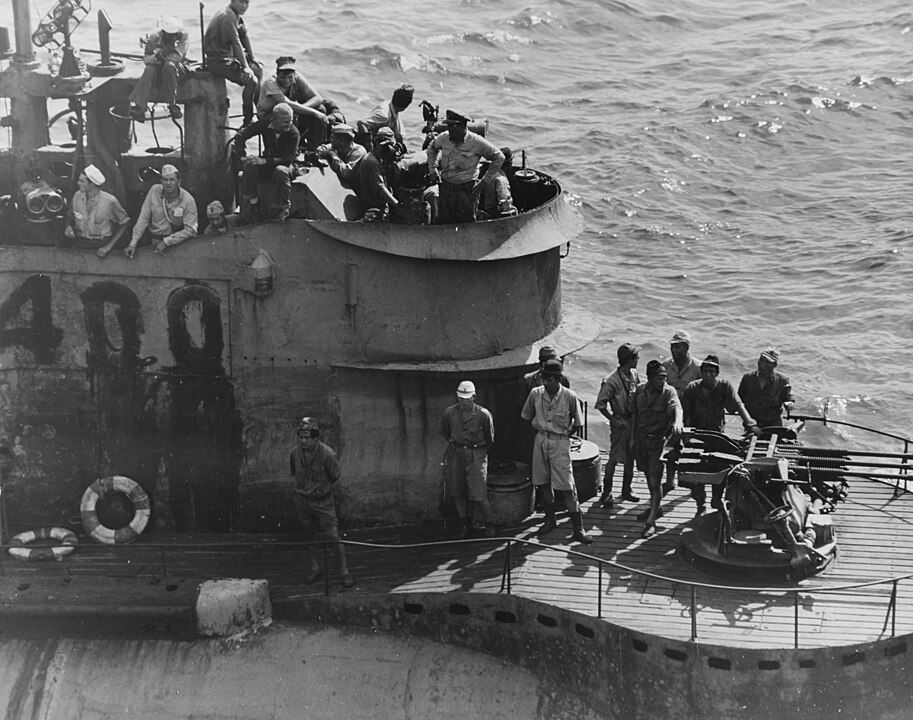
The Japanese I-400 class submarines, built during World War II, were the largest submarines of their time and a revolutionary leap in design, as they could carry and launch aircraft. These “submarine aircraft carriers” were designed to launch surprise aerial attacks on distant targets, including the U.S. mainland. While they never succeeded in fulfilling their ambitious missions, their ability to project air power from beneath the sea demonstrated a novel approach to naval strategy. The I-400 class paved the way for future thinking about submarines as platforms capable of launching various types of ordnance.
This article originally appeared on MyCarMakesNoise.
More from MyCarMakesNoise
12 Legendary Race Cars Still Competing

In the world of motorsport, certain race cars transcend their time, leaving an indelible mark on the track and in the hearts of racing enthusiasts. These legendary machines, known for their groundbreaking performance and engineering, have not only dominated in their prime but continue to compete, proving their enduring prowess. Read More.
13 Least Reliable Cars on the Market

When it comes to choosing a vehicle, reliability is often at the top of the list for most buyers. A car that consistently performs well without frequent visits to the repair shop is what everyone hopes for. Read More.
15 Underrated Luxury Cars That Are Worth Every Penny

In the world of luxury vehicles, certain brands and models often steal the spotlight, leaving other equally impressive options in the shadows. However, for discerning buyers looking to invest in a luxury car that stands out from the crowd, many less-known models offer exceptional value. Read More.


